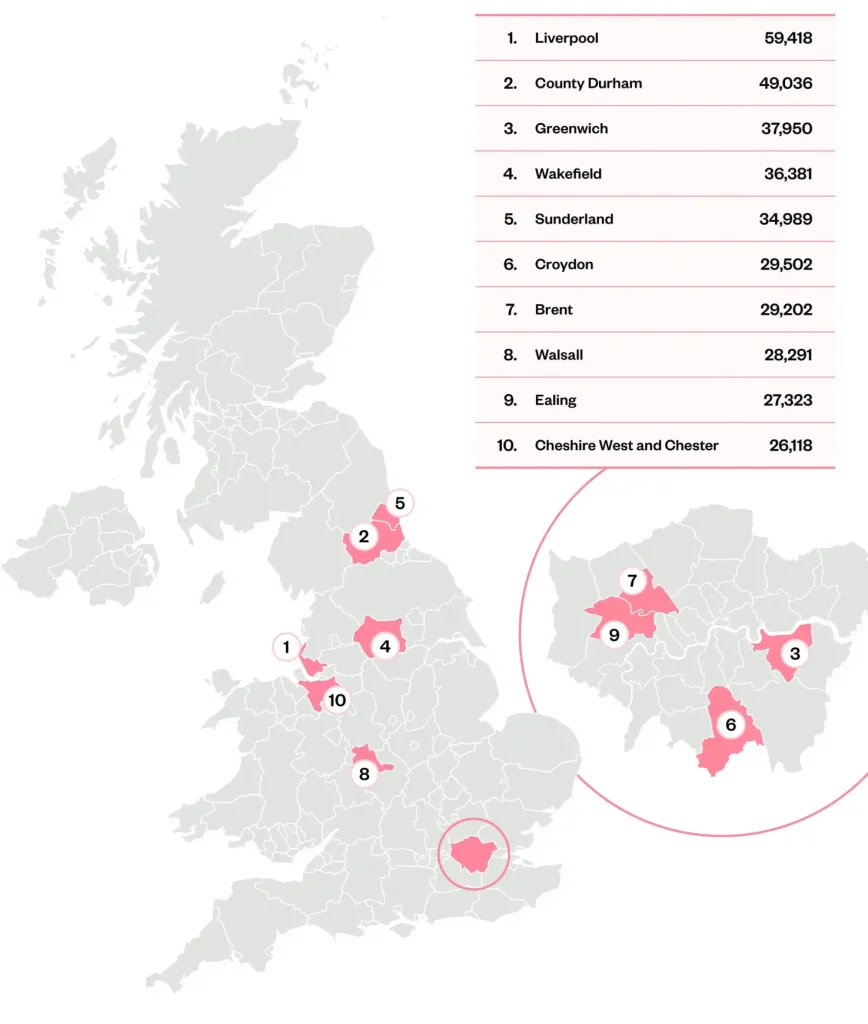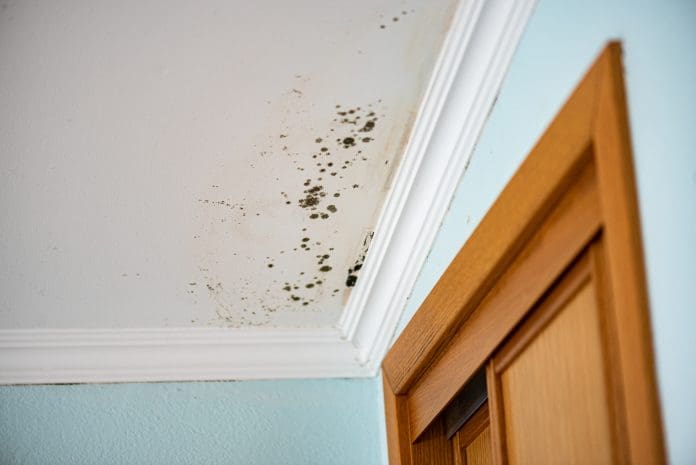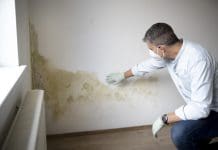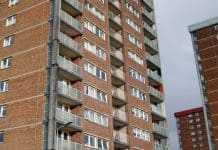63% of those who’ve experienced mould in housing were tenants in privately rented, local authority, housing association, or student accommodation
Uswitch Energy’s Mouldy Nation Report examines reported rates of mould across local authorities and housing associations, as well as the experiences of tenants and potential aggravating factors for damp and mould.
The findings show a dark and dank picture, with 58% of people in the UK experiencing mould in their homes at some point in time, and well over half of those experiencing mould in their homes living in privately rented, local authority, housing association or student accommodation.
38% believe that UK properties are not suitably built to prevent mould and 67% believe that mould is the landlord’s responsibility when found in rented accommodation.
The cost of living crisis has impacted people’s abilities to prevent mould
As a cold snap is predicted over the coming weeks and the need to heat our homes for our wellbeing- as well as preventing damp and mould- becomes more pressing, the report shows some worrying figures.
In the last two years, 69% have put the heating on less due to cost.
Of these people, over half (54%) believe that mould has become more of a problem in their homes because of this.
Heating the home was a financial struggle for 57% of people when they experienced mould in their home.
London dominates the number of local authorities with the most damp and mould in housing complaints
| Rank | Local authority | Region | Total complaints (financial years 2018/19 – 2022/23) | Estimated Complaints per 10,000 units (financial years 2018/19 – 2022/23) |
| 1 | Haringey | London | 134 | 46.6 |
| 2 | Hammersmith and Fulham | London | 125 | 46.4 |
| 3 | Lambeth | London | 210 | 41.0 |
| 4 | Lewisham | London | 112 | 28.2 |
| 5 | Camden | London | 90 | 25.6 |
| 6 | Newham | London | 87 | 25.5 |
| 7 | Westminster | London | 70 | 25.2 |
| 8 | Southwark | London | 142 | 24.9 |
| 9 | Islington | London | 102 | 24.0 |
| 10 | Thurrock | South East | 29 | 23.2 |
Of the top ten local authorities that were complained about relating to mould or damp, nine were in London.
Haringey received an estimated 46.6 complaints per 10,000 housing units, making it the most complained about local authority to the Housing Ombudsman.
Although the proportion of English properties with damp and mould has decreased overall, some local authorities have seen large increases in the number of complaints to the Ombudsman in the last years.
Kirklees only had four complaints in the financial year 2021/22 which rose by 400% to 20 complaints in 2022/23. Southend-on-sea, Manchester and Harlow also had increases of 250% or higher.
Conversely, the top ten local authorities with the most social housing that recieved no complaints were distributed across England

Reasonable steps must be taken by tenants and landlords to prevent damp and mould
Ben Galizzi, Uswitch energy expert, commented: “Whether you’re a tenant or homeowner, tackling mould can be an ongoing issue if the root cause isn’t rectified. But with so many properties being poorly insulated, and energy costs rising, keeping mould at bay is a difficult task.
“Reasonable steps should be taken by both landlords and tenants to make sure mould is tackled head-on. This could mean that tenant habits need to change within the home, whilst larger projects to fix the building are worked on by the landlord.”














